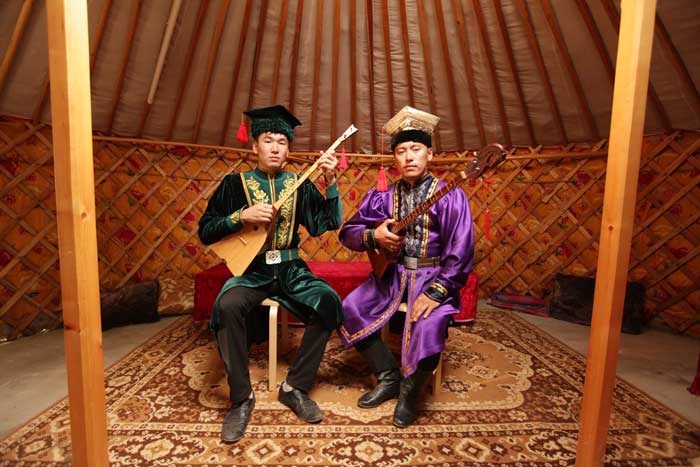Keeping Endangered Languages and Culture Alive

Since I was young I’ve always had an interest in languages. My first semi-immersive experience with another language was when my family and I travelled to Turkey in the summer of 2001. Everyone was astounded at how quickly I picked up essential vocabulary for daily adventures. Of course now I can appreciate that it was because I was only eight years old, and it was easier for me to learn pieces of a language. Still, I remember thinking how obnoxious it was that everyone was so impressed. Why weren’t they trying harder? I think maybe I was embarrassed to be an outsider in this incredible country. I also felt like it was my duty to learn how to say a few words in Turkish because there was no other way to interact with people there. It seemed disrespectful not to make an effort. Besides, it was amazing to be able to speak a little of this secret code previously unknown to me!
I realize now that it is not so simple to just pick up a few words and call it a day. Even that can be a difficult task for a lot of people. However, I still decided to feed my interest and pursue a major in linguistics at Boston University because to me, it is imperative to be aware of the importance of language diversity since it provides a lens into the larger umbrella of cultural diversity, hence my interest in interning for a program about endangered languages.
Around the world, communities are working to preserve linguistic multiplicity, and these efforts contribute to expanding the opportunities for communication and enabling people to better understand world views and knowledge systems different from their own. Various aspects of one language may ask that a speaker or listener attend to details of the world that another language may not require.
This can mean features built into words themselves, the way words are used, or even the existence of words in some languages that others need not bother with. For example, the Kallawaya people of Bolivia have an extensive terminology for assorted plants used for medicinal purposes. These plants have a deep cultural significance for them that is probably not shared among many American English speakers. And while the English language has specific words for such examples of modern technology as “car” and “telephone,” there are no such one-word direct terms in the Siletz Dee Ni language of the Confederated Tribes of Siletz Indians of Oregon. Consequently, Siletz speakers have developed more lengthy descriptions to refer to such items—for example, a “car” is referred to as a thing that runs over the ground.
Working with the upcoming 2013 Smithsonian Folklife Festival One World, Many Voices: Endangered Languages and Cultural Heritage program has helped me to appreciate the bounty of possible linguistic features and hopefully it will help Festival-goers in the same way. The Kalmyk or Siletz Dee Ni, Passamaquoddy or Native Hawaiian languages reflect the culture and experiences of their speakers. I have had the incredible opportunity to cull through fieldwork and learn about the lives of people whose invaluable cultures and languages are at risk of extinction.
My main task was to organize an interactive story map to be featured on the Folklife Festival Web site – searching for compelling video, audio, and images to offer visitors a taste of a language and culture and hopefully develop a hunger to discover more. It is interesting to consider language in relation to a map since geography plays an important role in shaping one’s identity and world view. For example, the Amazonian Pirahã tribe does not have words to express specific numbers, but they instead use words that communicate estimates. They can see how many of something there are just as well as I can, but their lifestyle, based in a rural setting, does not dictate such precision.
To me, the most logical way to comprehend a word is to broaden it to more of a concept, rather than a concrete, one word, universal meaning. Verb-centric languages like Passamaquoddy use words that imply action and describe how something is done, rather than just a thing or an idea. Additionally, when speakers of gendered languages are asked to describe feminine nouns, they tend to use more stereotypically feminine characteristics and describe masculine nouns with masculine characteristics.
One World, Many Voices will raise awareness of the importance of diversity in language, culture, and thought, and to the role of language in a person’s identity and world view. Working on this program has validated the importance of studying linguistics for me personally and given me an incredible opportunity to assist in presenting this to everyone who visits the Festival and our Web site. Several of these endangered languages are starting to be taught again to the next generation and revitalized. May the trend continue!
Eliot Reiniger is an intern for the One World, Many Voices program at the 2013 Smithsonian Center for Folklife and Cultural Heritage. He is an undergraduate student at Boston University studying linguistics and is spending his spring semester studying German and linguistics in Dresden.

